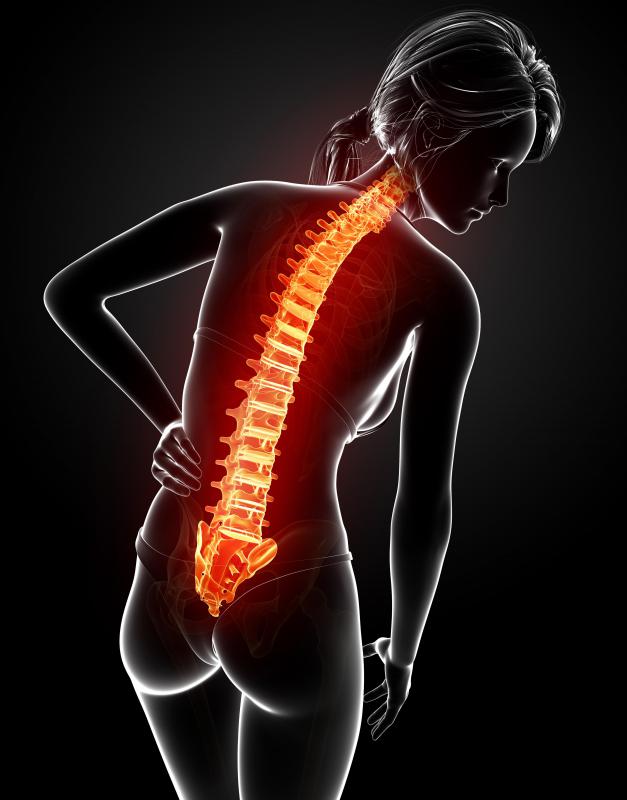At TheHealthBoard, we're committed to delivering accurate, trustworthy information. Our expert-authored content is rigorously fact-checked and sourced from credible authorities. Discover how we uphold the highest standards in providing you with reliable knowledge.
What is Intermittent Catheterization?
Intermittent catheterization is a way to extract urine from the bladder. A catheter is a transparent plastic bag with a long, thin, and flexible plastic tubing attached to it. The tubing is placed through the urethra and then into the bladder. Any urine that is present in the bladder will drain into the catheter bag. Intermittent catheters are only used at certain times and they are removed right after the urine is drained.
There are several reasons for needing intermittent catheterization. Certain medical conditions or medications can make it difficult to completely empty the bladder. A problem stemming from a neurological disorder can make it hard to control the urine flow. Intermittent catheterization is often used after surgeries that effect or surround the reproductive organs. This reduces the chance of infections by stopping the flow of urine to these areas.

Following an injury to the spinal cord, an intermittent catheterization may be used. Urethra trauma and friction associated with these types of injures can make it difficult to empty the bladder completely. In this case, the urine that is left in the bladder can be measured. As the patient starts to recover and progresses, the urine that is left over should begin to decrease. In these cases, intermittent catheterization can be used every four hours, or sometimes more often during recovery.

If certain medical tests are being done or if a patient is in a hospital setting, a long-term catheter is sometimes necessary. This is not the same as an intermittent catheter because it has a small plastic ball attached to the tubing. The ball is referred to as a balloon and it is used to hold the plastic tubing in place while it is in the bladder. This is inflated when the catheter is placed inside the bladder and then deflated when it is time to remove the plastic tubing. These balloons make it impossible for the tubing to slip out of the urethra.

Bacterial or urinary tract infections (UTI) can develop from using intermittent catheterization. Sepsis can occur from a severe UTI and it can also be life threatening. The constant rubbing of the plastic tubing against the urethra wall can also cause irritation, resulting in an infection.
There are measures to prevent these infections from happening. Anytime a catheterization is needed, the equipment should be completely sterilized. This includes washing the hands thoroughly. A medicated lubricant can help to prevent irritation, which can also result in an infection.
AS FEATURED ON:
AS FEATURED ON:

















Discussion Comments
@Kat919 - I think one use for intermittent catheterization is for people who need a catheter because they can't empty their bladder, but who don't need to have a catheter in all the time. You can see how it would be inconvenient to have to carry around a bag of urine. (Though there are certainly people who do that, it's not one's first choice.)
I had a one-time catheterization when I was in labor. The baby was pressing funny and I couldn't empty my bladder, so they did a catheterization to get it out of the way. Later, I needed it again, but because of the risk of urinary tract infection they used a Foley catheter that time so that they could just put it in and be done with it. It looked like I was going to need an epidural anyway, and they usually use a Foley with that.
How do doctors decide between intermittent urinary catheterization and something longer-lasting, like a Foley? It seems like one that stays in would be better in most cases because then you don't have such a risk of urinary tract infection.
Post your comments